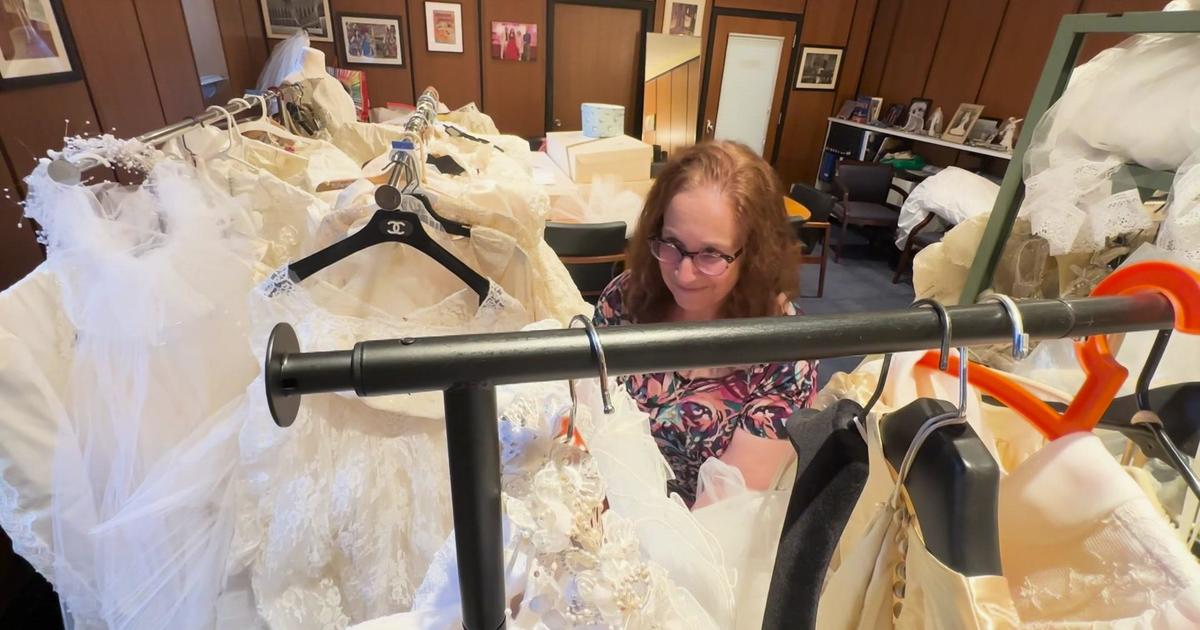Breast Cancer Survivor Laura Lang Undergoes First 3D Mammogram
NEW YORK (CBS 2) -- For the first time since the FDA approved the procedure, a patient in America has undergone a 3D mammogram, Dr. Max Gomez reports.
Laura Lang, 55, was being screened for breast cancer. She's already survived it once. "I was diagnosed back in 2006 and had a regular mammogram which wasn't actually strong enough to completely diagnose it and I had to be retested," she said.
The 3D mammogram might have picked up her cancer the first time.
"What it means is now we have the ability to not only just look at the breast but actually look through and around structures we weren't able to see before," said Dr. Elizabeth Rafferty of Massachusetts General Hospital.
Doctors said that the new machine will help them find more cancers and decrease the number of women who need additional screening when the results are unclear.
The 3D technology was meant to be used in conjunction with 2D conventional mammography, which studies have shown helped doctors find more cancers than with 2D images alone.
Still, some breast health advocates have their concerns about the new screening tests.
"They haven't been shown to find more breast cancer, find breast cancer earlier or most importantly save lives. They do however, double the rate of radiation that a woman is exposed to and add to health care costs," said Fran Visco, president of the National Breast Cancer Coalition.
Nearly 40 million mammograms are performed each year in the United States. The manufacturer believes the 3D version will lessen repeat mammograms because of poor or inconclusive images.
"Early diagnosis changes the outcome for most patients. It did for me," Lang said.
Every year breast cancer claims the lives of 40,000 women. Doctors advise screenings every two years beginning at age 40 and then annually after age 50.



